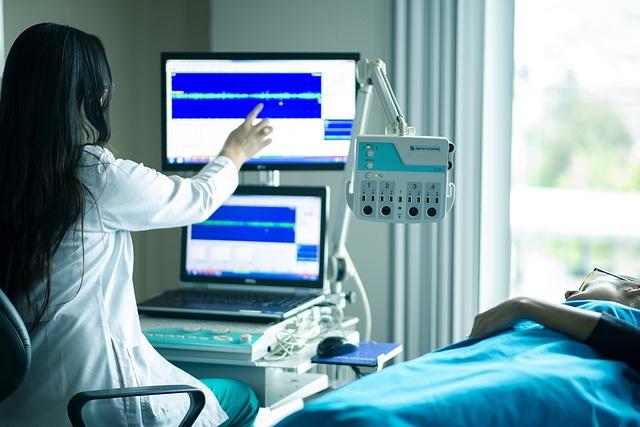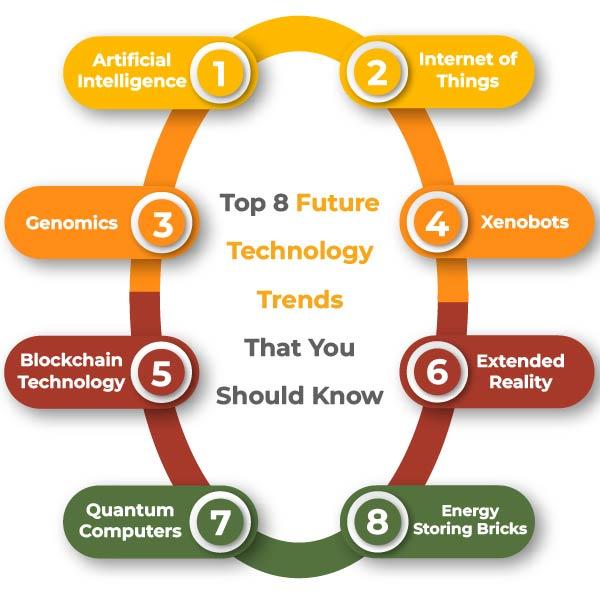Table of Contents
- Understanding the Importance of Medical Equipment in Modern Healthcare
- Exploring Essential Health Line Medical Equipment for Patient Care
- Innovative Technologies Transforming Health Line Medical Devices
- Key Considerations for Selecting the Right Medical Equipment
- Future Trends in Health Line Medical Equipment and Their Impact on Healthcare
- Q&A
- Concluding Remarks
Understanding the Importance of Medical Equipment in Modern Healthcare
In today’s rapidly advancing medical landscape, possessing the right tools is crucial not only for accurate diagnosis but also for effective patient treatment and care. From cutting-edge imaging devices to sophisticated surgical instruments, medical equipment plays an integral role in enhancing the overall efficiency and capability of healthcare facilities. This equipment serves as the backbone of modern medicine, enabling healthcare professionals to deliver precise care, mitigate risks, and improve patient outcomes. In essence, the presence and quality of medical devices can be the defining factors between life and death, highlighting their undeniable importance in the healthcare continuum.
One key aspect of contemporary medical equipment is its ability to adapt and evolve alongside technological advancements. This adaptability ensures that healthcare providers can stay ahead in offering the best possible care. State-of-the-art innovations have brought about devices that range from telemedicine platforms enabling remote consultations to robotic-assisted surgical systems that precision-enhance complex procedures. Some vital medical equipment categories include:
- Diagnostic Equipment: MRI machines, CT scanners, and ultrasound devices.
- Therapeutic Equipment: Infusion pumps, dialysis machines, and radiotherapy units.
- Monitoring Equipment: ECG machines, blood pressure monitors, and pulse oximeters.
Interestingly, the cost dynamics of medical equipment have a profound effect on healthcare institutions, influencing budgets and infrastructure development. Below is a simplified illustration of equipment cost implications:
| Equipment Type | Approximate Cost ($) | Maintenance Requirement |
|---|---|---|
| Ultrasound Machine | 20,000 – 75,000 | Moderate |
| MRI Scanner | 150,000 – 3,000,000 | High |
| Infusion Pump | 1,500 – 6,500 | Low |
This table exemplifies how the acquisition of medical technology is a significant financial investment, accompanied by an ongoing need for maintenance and upgrades to ensure optimal performance and reliability. As such, strategic planning and prioritization in purchasing decisions become paramount for healthcare organizations looking to sustain and improve their service quality.


Exploring Essential Health Line Medical Equipment for Patient Care
In modern healthcare, the right tools are crucial for effective diagnosis and treatment, ensuring seamless patient care and supporting medical professionals in their daily duties. Among the wide array of devices and instruments, certain pieces of equipment stand out for their indispensable roles. For instance, pulse oximeters are fundamental for monitoring patients’ oxygen saturation, a critical measure in various medical scenarios. Alongside these are digital thermometers, which offer accurate and swift temperature readings, eliminating the guesswork and delays associated with older models.
Moreover, blood pressure monitors have evolved significantly over the years, transitioning from manual to automated systems that provide precise metrics with ease. This transformation has made regular monitoring less cumbersome and more accessible, even allowing for home usage with digital or smart variations synced to smartphones. Stethoscopes, whilst seemingly traditional, remain a staple in the examination toolkit, with technological advancements enhancing audio quality and clarity, further supporting physicians’ diagnostic abilities.
For complex procedures and intensive care environments, larger machinery like ECG machines and defibrillators are essential. To give you a quick overview of their functionalities and features, consider the following comparison:
| Equipment | Key Functionality | Advancements |
|---|---|---|
| ECG Machines | Monitor heart rhythms and detect abnormalities | Wireless connectivity and portable models |
| Defibrillators | Reset cardiac rhythms in emergencies | Automated systems and voice prompts for ease of use |
Each of these essential devices plays a vital role in enhancing patient outcomes, and their ongoing innovation continues to propel the healthcare industry forward, making accident and disease treatment more effective and efficient.


Innovative Technologies Transforming Health Line Medical Devices
In recent years, the realm of medical technology has undergone a remarkable transformation, bringing forth a suite of innovative tools that are redefining patient care. These advancements are particularly evident in the development of cutting-edge health line medical devices. From wearable health monitors that seamlessly integrate into daily life to next-generation imaging technologies, these innovations are designed to elevate the standard of care and enhance diagnostic precision.
- Wearable Health Monitors: Patients can now track vital signs and health metrics in real-time, offering an unprecedented level of personal health management.
- Smart Surgery Tools: Advanced robotic assistance in surgical procedures is enhancing precision and reducing recovery times.
- AI-Powered Diagnostics: Machine learning algorithms are being used to analyze complex medical data, leading to faster and more accurate diagnoses.
Equally noteworthy is the emergence of telehealth solutions that have become indispensable in remote patient monitoring and consultation. While traditional face-to-face consultations remain critical, these virtual platforms are bridging the gap in accessibility, offering timely medical advice regardless of the patient’s location. This shift is especially critical in rural and underserved areas, where access to healthcare is often limited.
| Technology | Benefit |
|---|---|
| 3D Printing | Custom, patient-specific implants and prosthetics |
| Blockchain | Secure and reliable health records management |
Furthermore, data analytics and artificial intelligence are playing a crucial role in preventive healthcare. By harnessing large datasets, medical professionals can identify trends and potential outbreaks before they escalate, thus fostering a proactive approach to health management. As these technologies continue to evolve, their integration into medical devices not only promises to improve patient outcomes but also heralds a new era of personalized medicine where treatments are tailored to the unique genetic makeup of each individual.


Key Considerations for Selecting the Right Medical Equipment
When looking to equip your healthcare facility with the latest gear, it’s essential to consider factors that can directly impact your services. Start by analyzing your specific needs. What equipment will enhance your current operations? For example, a small clinic might prioritize diagnostic tools, while a larger hospital may focus on life support systems. Considerations of this nature will help ensure that investments align with the facility’s strategic objectives.
- Quality and Durability: Opt for equipment that boasts a robust build and superior craftsmanship. High-quality items not only offer better performance but also tend to have a longer life span.
- Compliance Standards: Ensure the equipment meets all necessary regulatory requirements. Certifications and compliance labels are paramount when dealing with health-related products.
| Feature | Importance Level |
|---|---|
| User Interface | High |
| Maintenance Requirements | Moderate |
| Vendor Support | High |
Furthermore, engage with trusted vendors who offer excellent after-sale services and technical support. This relationship is crucial for ongoing maintenance and potential upgrades. Regular training sessions from the vendors can keep your staff proficient in using the new equipment. Not only does this ensure efficiency, but it also enhances patient safety, which is the cornerstone of any medical practice.


Future Trends in Health Line Medical Equipment and Their Impact on Healthcare
As we stride into the future, transformative advancements in medical equipment are reshaping the landscape of healthcare. AI-driven technology stands at the forefront, empowering devices with the ability to analyze vast amounts of data rapidly. This evolution not only enhances diagnostic accuracy but also facilitates personalized treatment plans, ushering in a new era where healthcare is predictive rather than reactive. Furthermore, the integration of machine learning allows for ongoing improvements in equipment performance, fostering a more adaptive and responsive healthcare system.
Another significant trend is the escalation of telehealth and remote monitoring capabilities. As accessibility takes precedence, medical devices are increasingly becoming compatible with remote technologies, enabling real-time health monitoring from the comfort of a patient’s home. This transition ensures continuous care, reduces hospital visits, and minimizes healthcare costs. Key innovations in this domain include portable diagnostic tools, smartphone-integrated health applications, and wearable devices, which collectively create a seamless interface between patients and healthcare providers.
The development of sustainable and environmentally friendly medical equipment is also gaining momentum, reflecting a broader global emphasis on sustainability. Manufacturers are exploring new materials and energy-efficient technologies to reduce the carbon footprint of medical tools without compromising functionality. A summary of these innovations can be seen in the table below:
| Innovation | Benefit |
|---|---|
| Biodegradable Materials | Reduces waste |
| Energy-Efficient Devices | Lowers energy consumption |
| Recyclable Components | Promotes recycling |




0 Comments